Today SevenPonds presents the second part of my two-part interview with Jonas Zahn, the founder of Northwoods Casket Company in Beaver Dam, Wisconsin. Jonas talks about the decision to purchase a green casket and his commitment to plant 100 trees for every casket sold, in cooperation with the Wisconsin Department of Natural Resources.
Editor’s Note: This interview has been edited for readability and length.
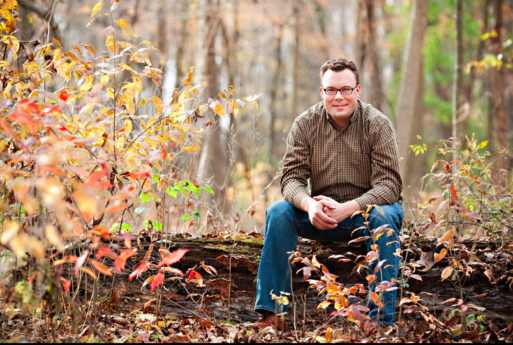
Jonas Zahn
Laura B. Hayden: Once consumers understand, as you told us last week, that a green casket is essentially a biodegradable container that leaves a very low carbon footprint, what else do they need to know?
Jonas Zahn: One of the first questions people ask is — is it legal to be buried in a green casket in their state? A green burial is legal everywhere. But what the law stipulates through most of the United States goes something like this: If the deceased’s body is not preserved, it must be interred or cremated within 24 hours.
Refrigeration is one means of preservation. I know a story about an unidentified indigent from Madison, Wisconsin, that was refrigerated for over seven years until it was decided how to dispose of him.
So, most people in charge of a green burial will either have the body interred within 24 hours of the death or preserved by refrigeration using a commercial cooler — or by using dry ice, which can work from several days to a week. You just keep adding more dry ice. Most bodies today — if they aren’t embalmed within 24 hours — are refrigerated until they can be embalmed. Then, once the embalming happens the body can hold for a week or two.
Laura: Will a funeral director usually offer the option of a green casket?
Jonas: Probably not.
Laura: So you have to be an informed consumer?
Jonas: Yes. At least say, “You know, I’ve heard about natural burials from NPR. Educate me. Is this something I want?” Most funeral directors are professionals who will do anything you ask — within the confines of the law — and there aren’t many restraints in the law. They’re not going to do a sky burial, or set the body out on the water in a burning boat or have a bonfire. We get those questions all the time. But a lot of people think a funeral has to be in a funeral home — it doesn’t. It can be in a home, which was a common practice before the 1960s. Mine is pre-arranged to be in my workshop. Funeral directors are responding to consumers’ wishes to do things other than what most people think of as a typical funeral.
Laura: Since you don’t sell directly to the public and a consumer has to ask about green caskets, how do you partner with funeral homes?
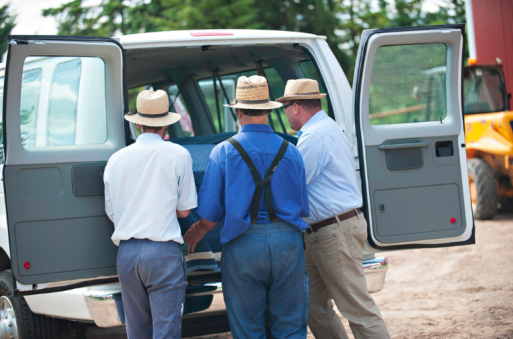 Jonas: Any funeral home in the United States can order from us. At times, there are some limitations. For instance, we can’t ship a casket to Maine in three days. It would be cost prohibitive. To get to the furthest reach in the continental U.S. during the winter would take about 10 days. Otherwise we could generally get one delivered in six or seven days. That said, 95 percent of our business is in Wisconsin. We do those deliveries with our own trucks and guarantee same or next day delivery. The other 5 percent is shipped nationwide as far as Maine, San Diego and Seattle.
Jonas: Any funeral home in the United States can order from us. At times, there are some limitations. For instance, we can’t ship a casket to Maine in three days. It would be cost prohibitive. To get to the furthest reach in the continental U.S. during the winter would take about 10 days. Otherwise we could generally get one delivered in six or seven days. That said, 95 percent of our business is in Wisconsin. We do those deliveries with our own trucks and guarantee same or next day delivery. The other 5 percent is shipped nationwide as far as Maine, San Diego and Seattle.
Laura: So, here in Connecticut where I live, I would I have to bring your name up to the funeral director?
Jonas: That’s the best way. There is a Connecticut Casket Company that makes a plain pine box that is similar to ours, which I would refer your business to when it is local and urgent. There’s a dozen or so others out there. They don’t always have websites, but there are ways. If you want to find a green casket, the funeral director will find one.
Laura: Usually purchasing a casket is fraught with emotion. How open are consumers to choosing a green casket for their loved one during such a difficult time?
Jonas: So, some people find themselves burying Mom or Dad or their spouse and they learn about green burial and they say, “You know we mentioned it in the past but really didn’t talk about it.” They’re reluctant if it wasn’t their loved one’s decision.
It’s different if Mom or Dad prearranged – not just talked about it at the dinner table but went to a funeral home, wrote their wishes down and put it in a file. You don’t have to prepay, and that document is portable. If they move or live somewhere else, their original funeral home will share the plan. Funeral homes work with one another.
If a natural burial is important to you, prearrangement is essential. I’d say 99 times out of 100 – whatever that prearrangement is — the family will follow it.
Laura: You’ve been quoted saying, “We’re a tree-planting business that happens to build caskets.” Tell me about your partnership with the Wisconsin Department of Natural Resources. Did you go to them with your idea to plant 100 trees for every casket you sell?
Jonas: I did. It’s a lot less glamorous than it sounds. I basically drafted a memorandum of understanding which was just a letter declaring my desire to do so with no legislative commitment. It’s basically a mission statement meant to help fund projects that the DNR would not have otherwise completed. Essentially, what I really wanted was to plant the right trees in the right places.
Laura: Where are the right places?
Jonas: Most of our trees are planted on taxpayer owned land: state parks, state natural areas and states forests. To sc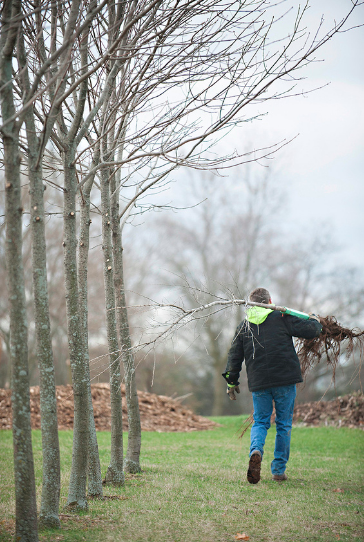 ale things, the DNR plants between 600,000 and a million trees a year. So my commitment to plant 10 million trees is a little more than a decade’s effort by the state.
ale things, the DNR plants between 600,000 and a million trees a year. So my commitment to plant 10 million trees is a little more than a decade’s effort by the state.
People have this idea we are planting rows and rows of pine trees. The state doesn’t do that anymore. When we do fund a project we’ll plant 10,000 to 15,000 trees — about 15 different species — and then another five species of fast-growing shrubbery for cover so that it becomes a wildlife habitat. That’s the purpose. Carbon sequestration and wildlife habitat.
Laura: Thanks so much, Jonas, for taking the time to speak with me today. I’ve learned a great deal.
Jonas: You’re very welcome.
If you missed Part One of our interview with Jonas Zahn, please catch up here.

 What Do We Need to Know About Green Caskets?
What Do We Need to Know About Green Caskets?

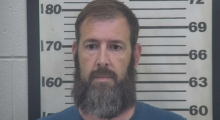
 Funeral Home Owner Chris Johnson Spending Halloween in Jail
Funeral Home Owner Chris Johnson Spending Halloween in Jail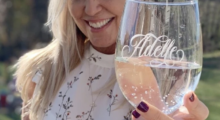
 Our Monthly Tip: Toast a Loved One with a Personalized Glass
Our Monthly Tip: Toast a Loved One with a Personalized Glass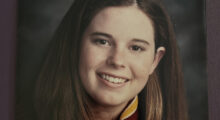
 My Cousin’s Death Taught Me the Meaning of Life
My Cousin’s Death Taught Me the Meaning of Life














